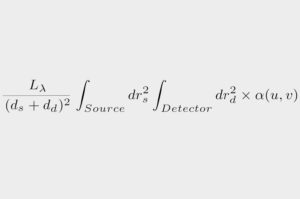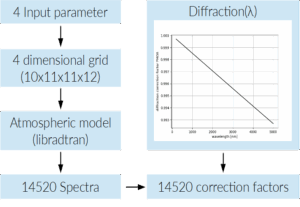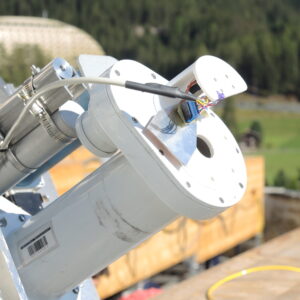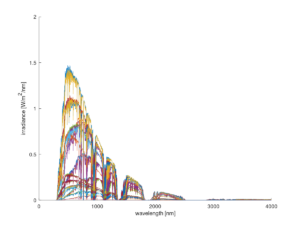
New Article on Adaptive Diffraction Corrections
Proceedings from the WMO Technical Conference on Meteorological and Environmental Instruments and Methods of Observation(TECO-2022) are now publicly available here.
Thanks to our strong academic background, we are aiming to advance solar radiometry and share new insights with the community. This page contains selected articles and links to relevant publications.

Proceedings from the WMO Technical Conference on Meteorological and Environmental Instruments and Methods of Observation(TECO-2022) are now publicly available here.

The Diffraction Effect and its implications Diffraction effects in solar radiometry become more and more important once the target uncertainty goes below 0.1%. At the radiometric two aperture system, diffraction occurs at the front aperture, and thus reduces or enhances the amount of solar radiation passing the second aperture and reaching the detector.

At the IPC-XIII, Davos Instruments has been successfully operating a Hickey-Frieden (HF) radiometer from Eppley Laboratory Inc. in active mode, using a slightly modified control unit Linard.

Diffraction effects in solar radiometry are nothing new, they have been discussed at several occasions, mostly in conjunction with establishing absolute scales. When it comes to extremely precise measurements, as the ISO 9060 AA-class calls for, it is worth to look at diffraction a little closer.
Academic research and several publications in the field of solar radiometry have benefited from the contributions of Davos Instruments team members:
Advances in Solar Radiometry
by Markus Suter, PhD thesis on absolute accuracy and uncertainties (2014)
Active operation of a Hickey-Frieden (HF) radiometer
by Markus Suter & Jon Buchli, IPC-XIII (2021) proceedings preprint
Adaptive diffraction corrections in solar radiometry, a prerequisite for the ISO 9060:2018 AA class
by Markus Suter (Davos Instruments) & Wolfgang Finsterle (PMOD/WRC), WMO CIMO-TECO Conference 2022
The calibration of solar radiometry equipment is regulated by a number of international standards and technical guidelines from the World Meteorological Organization (WMO) and the International Organization for Standardization (ISO):
WMO Guide to Meteorological Instruments and Methods of Observation
(CIMO Guide)
ISO 9059:2025
Solar energy — Calibration of pyrheliometers by comparison to a reference pyrheliometer
ISO 9060:2018
Solar energy — Specification and classification of instruments for measuring hemispherical solar and direct solar radiation
ISO 9846:2025
Solar energy — Calibration of a pyranometer using a pyrheliometer
ISO 9847:2023
Solar energy — Calibration of pyranometers by comparison to a reference pyranometer